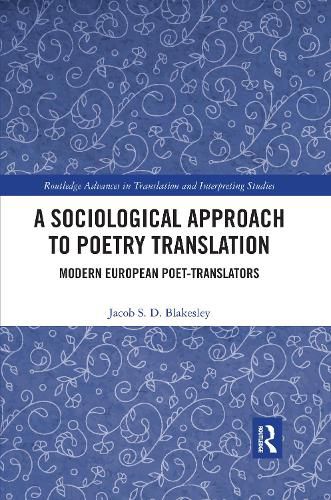Readings Newsletter
Become a Readings Member to make your shopping experience even easier.
Sign in or sign up for free!
You’re not far away from qualifying for FREE standard shipping within Australia
You’ve qualified for FREE standard shipping within Australia
The cart is loading…






This volume provides an in-depth comparative study of translation practices and the role of the poet-translator across different countries and in so doing, demonstrates the need for poetry translation to be extended beyond close reading and situated in context. Drawing on a corpus composed of data from national library catalogues and Worldcat, the book examines translation practices of English-language, French-language, and Italian-language poet-translators through the lens of a broad sociological approach. Chapters 2 through 5 look at national poetic movements, literary markets, and the historical and socio-political contexts of translations, with Chapter 6 offering case studies of prominent and representative poet-translators from each tradition. A comprehensive set of appendices offers readers an opportunity to explore this data in greater detail. Taken together, the volume advocates for the need to study translation data against broader aesthetic, historical, and political trends and will be of particular interest to students and scholars in translation studies and comparative literature.
$9.00 standard shipping within Australia
FREE standard shipping within Australia for orders over $100.00
Express & International shipping calculated at checkout
This volume provides an in-depth comparative study of translation practices and the role of the poet-translator across different countries and in so doing, demonstrates the need for poetry translation to be extended beyond close reading and situated in context. Drawing on a corpus composed of data from national library catalogues and Worldcat, the book examines translation practices of English-language, French-language, and Italian-language poet-translators through the lens of a broad sociological approach. Chapters 2 through 5 look at national poetic movements, literary markets, and the historical and socio-political contexts of translations, with Chapter 6 offering case studies of prominent and representative poet-translators from each tradition. A comprehensive set of appendices offers readers an opportunity to explore this data in greater detail. Taken together, the volume advocates for the need to study translation data against broader aesthetic, historical, and political trends and will be of particular interest to students and scholars in translation studies and comparative literature.